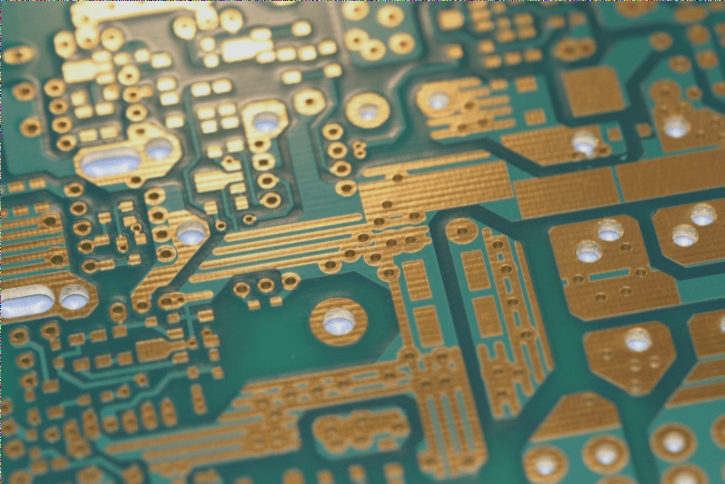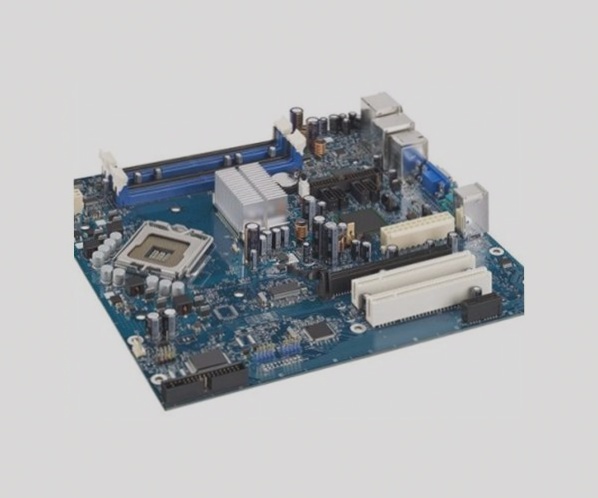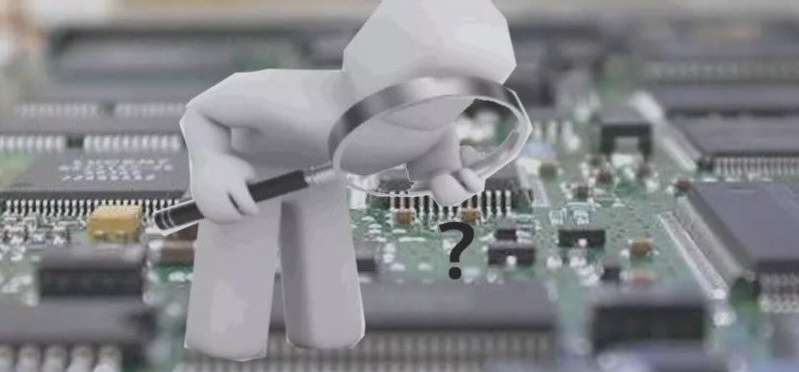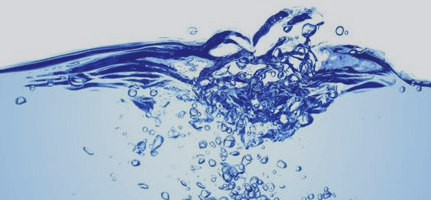PCB Thermal Design Requirements
1. Importance of Thermal Design in PCB Layout
Electronic equipment generates heat during operation, which must be effectively dissipated to prevent overheating and ensure reliability. Thermal management is crucial, especially with the increased component density in Surface-Mount Technology (SMT).
2. General Principles of PCB Layout
- Components should be placed optimally considering signal quality, EMC, thermal design, and safety regulations.
- All component pad traces must adhere to thermal design guidelines unless specified otherwise.
Requirements for PCB Thermal Design
- Temperature-sensitive parts should be placed near the air intake and away from heat-generating components.
- Heat-producing components should be positioned near the air outlet or on the top side of the PCB.
- High-power components should be spread out to avoid heat concentration.
- Vents should be placed close to devices with high heat dissipation requirements.
- Tall components should be positioned behind shorter ones to optimize airflow.
- Radiator arrangement should support effective airflow circulation within the cabinet.
- Multiple radiators should not be arranged too closely to avoid disrupting airflow.
- An adequate gap should be maintained between the radiator and other components.
- Techniques like using large copper areas or ground vias can help in heat dissipation through the PCB.
Importance of Considering Thermal Design in PCB Layout
Proper thermal design is essential for maintaining the reliability of electronic equipment by effectively dissipating heat generated during operation.
What are the Key Aspects of PCB Thermal Design?
Key aspects of PCB thermal design include component placement, heat dissipation, and airflow optimization to prevent overheating and ensure reliability.




